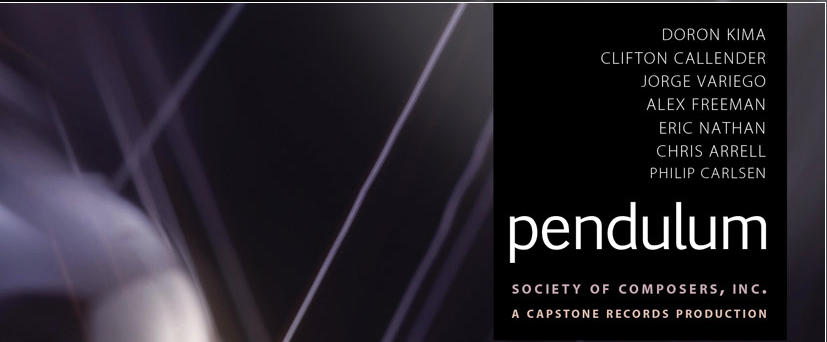ALVIN LUCIER Orchestra Works. Diamonds for 1, 2 or 3 Orchestras. Slices. Exploration of the house • Christian Arming, Petr Kotik, Zsolt Nagy (cn); Charles Curtis (vlc); Demarre McGill (fl); Andrea Overturf (ob); Anthony Burr (cl); Valentin Martchev (bsn); Benjamin Jaber (hn); John Wilds (trp); Kyle Covington (trb); Jonathan Piper (tb); Jeff Thayer (vln); Jisun Yang (vln); Che-Yen Chen (vla); Yao Zhao (vlc); Jeremy Kurtz-Harris (db) ; Janácek Philharmonic Orchestra • New World Records 80755-2 (76:04)
Alvin Lucier’s music arises my most primitive curiosities. When I listen to his work, all the technicalities seem not to be relevant anymore, I only want to know how those sounds have been built, how the composer fabricated all the forms, sounds and textures. I experience a sort of sensorial challenge: is Lucier’s work meant to be touched or seen?
In Diamonds for 1, 2 or 3 Orchestras (1999) Lucier becomes a painter. Using the orchestra as his palette, the composer creates sonic shapes that move in space. Unisons, glissandi, and a split ensemble are some of the orchestrational resources that trigger the listener’s imagination. It is clear that the work is about the aural representation of diamond shapes, but the connections between sound and shape could remain hidden to the inattentive ear. The trajectories, forms, and colors of the aural bodies challenge our basic act of listening raising another fundamental question: do we really listen to this work or we look at it?
The middle track of the disc, Slices for cello and orchestra (2007), is anything but a traditional cello concerto. In fact, the cellist is more of a magician with a four-stringed wand than a soloist. The 53-note cluster (probably coming from the syntonic temperament) that reigns throughout the work covers the whole playing range of the solo instrument and is orchestrated in a way that every note is assigned to a different instrument of the ensemble. The compositional process is simple: with each note that the cello plays, an instrument of the orchestra (the one that plays that same note) becomes silent. Essentially, the music goes from cluster to silence and from silence to cluster. The process is clearly revealed but yet magical. This procedure repeats—not identically—for seven times until the work ends in silence.
In Exploration of the House (2005) Lucier revisits the feedback paradigm of I am sitting in a room in which he explored the resonances of the enclosed spaces. However, the sound source of the work is not the composers’ voice, but a selection of seventeen short fragments from Beethoven’s The Consecration of the House overture performed by the Janácek Philharmonic. Far from being self referential, the piece proposes a multi-layered homage: it celebrates Beethoven and Haydn’s meta personalities that slowly evaporate in front of a static orchestra. Interestingly, the climax arrives with utmost subtlety, in the very moment when the orchestral excerpts become unintelligible and the resonances of the concert hall take over.
Lucier’s Orchestra Works is not a regular album. With only three tracks, the CD unfolds the inner ear, constantly challenging the most primary act of listening. The sounds offered are not just for aural intake, they can be touched and seen.
Close your eyes and enjoy a world of multicolored tangible sonorities.



























